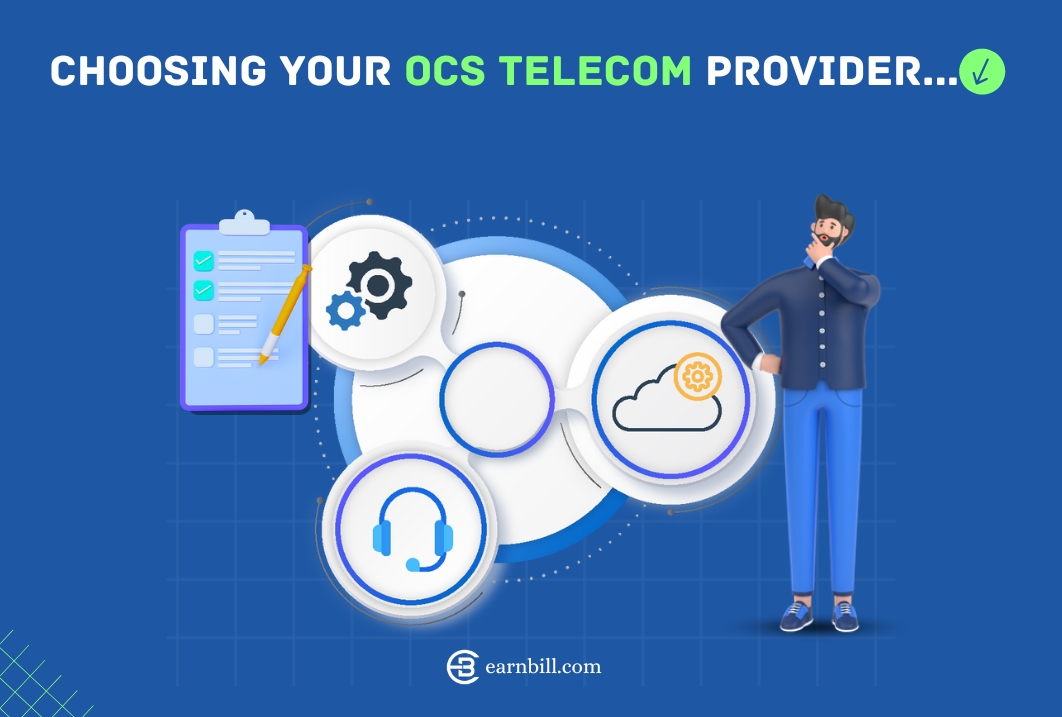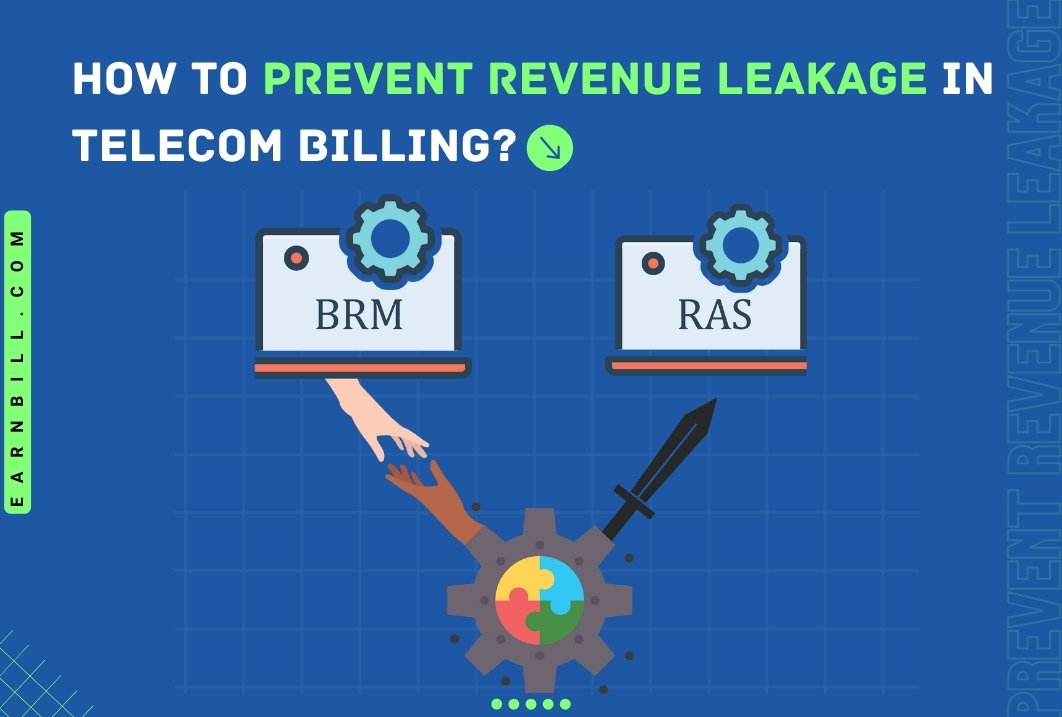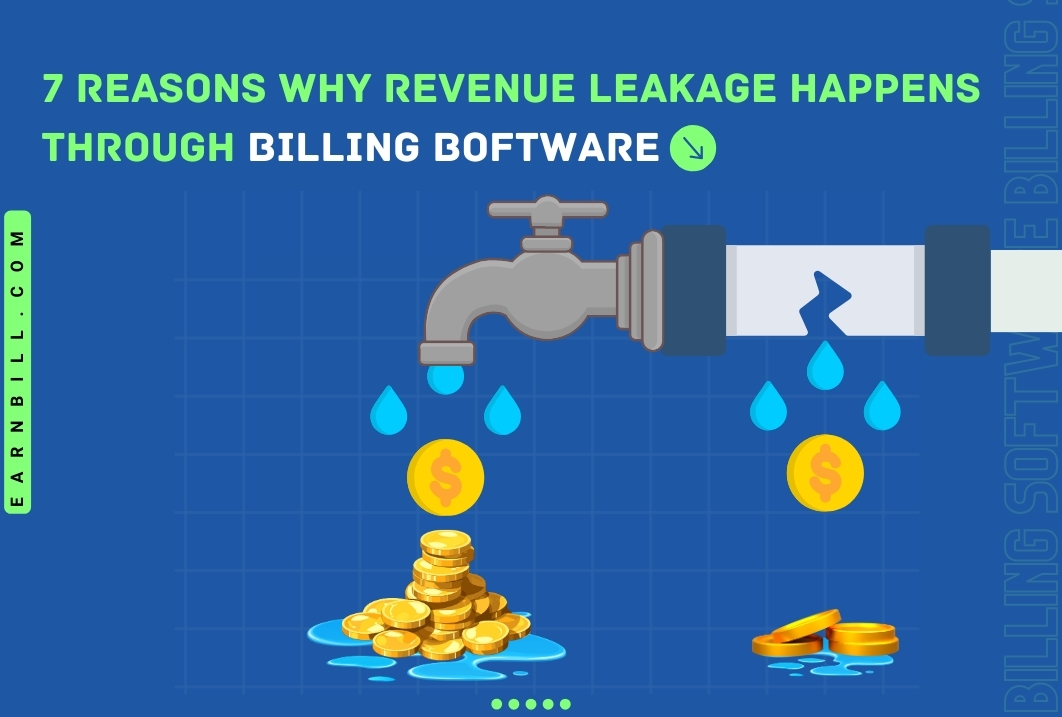How to automate your telecom billing process? Well, first of all let us understand what is really meant by a ‘Telecom Billing Process’. This word is a bit overloaded and can lead to different meanings in different contexts. However, in more general terms, the Telecom Billing Process can be defined as follows. The Telecom Billing Process is a series of tasks and jobs that are executed by a Telecom Billing Software to carry out the automated rating, charging and invoicing for the relevant customer accounts of a telecom operator.
1.What are various jobs in the Telecom Billing Process?
The Telecom Billing Process contains following different jobs/tasks that need to be executed mostly serially in the given order:
-
- Mediation Process – This job involves the Rating and Charging of Calls and other Service Usage such as mobile data
- Review Process – The job that allows the billing administrator to review the invoices without finalising them or sending them to customers.
- Approval Process – The process that performs a variety of checks against the preview invoices to ensure that the bills generated are accurate.
- Invoicing Process – This is the final invoicing job that generates the invoices in the system.
- E-bill job – This job sends the invoices to the customers by email.
- Paper bill job – This job generates the invoices that can be sent as paper bills by physical mail.
- Accounting hand-off – The Accounting hand-off is a job that produces reports or files that can be handed over to the accounting software for upload or consumption.
The mediation process runs 24×7 in a telecom billing system and continuously processes the raw CDRs (Call Data Records) to rate and charge the calls and other types of usage. It is necessary that this job is completed before the billing time. Generally, the billing job is made up of a set of tasks that are covered by steps 2 to 6 in the above list. So it can be said that the billing job should start after the day’s mediation processing (or rating and charging of day’s calls) is completed.
Traditionally, these jobs used to be monitored by the billing department. There is a billing administrator in charge of the billing process from the company’s side. The billing admin could keep track of day’s mediation processing and ensure that day’s CDR load is processed and successful. Then she or he would trigger some kind of review process for the bill run. Different Telecom Billing Software handle this piece of functionality differently.
The Review Process is a review run of the invoicing job which means it’s like a dress rehearsal. You can execute a review process and get to see preview invoices. The preview invoices are output of the preview bill run job. They are almost the same as the real and final invoices, it is just that they are flagged in the Telecom Billing Software as preview invoices. The billing admin reviews the preview invoices on sampling basis and makes sure that the invoices look good and there is no glaring issue and no incorrect charging is very obviously seen.
If there is any issue observed with the preview invoices, the billing administrator would make corrections in subscription orders, in product or plan pricing or apply credits where necessary. Then she or he would trigger the review process again to make sure that newer sets of preview invoices are good and the issues observed have been corrected.
Once the preview is good, the billing admin would approve the bill run and trigger the final invoicing process or job. The approval can be based on a number of internal checks performed by the billing department. The approval process itself can involve more than one individual. For example, the finance department could ask for a summary of revenue numbers from the day’s bill run and match these numbers with the last month’s anniversary cycle. If the numbers are very close, the approval can come through smoothly.
After the due approval, then the final invoicing job is executed to generate the final invoices. These invoices are generated in the system database and then follow up jobs like the e-bill job and the paper bill job would send these invoices to customers via email or physical mail. Finally an accounting hand-off can be generated from a different job to send the reporting hand-off to the finance department.
2.What are various problems associated with the manual billing process?
As you can see, there are a set of procedural steps that need to be followed day in and day out to make sure that the billing process runs smoothly. There is also a heavy reliance on individuals and a number of steps could be manually performed in the traditional approach. While this process has worked for years, it is time consuming and error prone. It leads to manual mistakes by billing team and more complaints by end customers.
An error in the invoice could be quite costly for the telecom operator. It could lead to more calls to the customer support department, increasing your support costs. The billing department has to keep track of issues reported by customers and work on them to resolve them in the short term and in long term as well. This process then consumes resources, leads to more dissatisfaction among the customers, and more urgent work for the billing department.
Also, the billing department can face challenges related to holding the knowledge of individuals as their absence could jeopardise the process. Heavier the reliance on manual work, higher would be the cost of billing operations. Therefore, the solution is automation!
Having looked at the problems associated with the manual billing process, let us look at how to automate your telecom billing process?
3.How to automate your telecom billing process?
A smart Telecom Billing Software provides an end to end automation of the billing process. Billing system can achieve this billing automation in 2 parts – in the first part it relies on scheduled jobs that can trigger serially one after the other. The system ensures that the first job is completed and then the next one gets triggered. Monitoring and alerting software should be used by the billing system in order to track the completion of jobs and to trigger notifications when jobs are completed or fail. This automation of jobs ensures that there is no manual tracking required on a daily basis for the scheduled jobs.
Second part of the automation comes from performing the automated review of the preview invoices using various verification plugins and reports. There are a number of billing checks that are performed as part of this step. These billing checks can be different from site to site, depending on the kind of product offerings and billing rules that are involved as part of that implementation.
There should be an easy way for the implementation team to customize the billing checks that will be performed in an automated manner with billing system. The advantage of such automated checks is that it reduces the burden on the billing department. They can follow a more hands off approach to the billing process then. The system automation also allows for a 100% coverage by verifying all invoices generated in the system, versus the manual verification which involves only sample checks.
The role of the billing admin would then be to have a look at any alerts or reports that are sent to her or him, and look into any issues that are reported by the verification plugins. This allows the billing department to do more value add in areas outside the day to day operations. It gives the billing department better control over invoices that are sent out to the customers.
It gives more confidence to the billing team that the invoices being sent are accurate and that there are no charging issues as far as known use cases are concerned. Also, such billing process automation ensures that there are less complaints from the end customers regarding billing, reducing the overall customer support. With less complaints and complete control on the end to end billing process, the billing department can focus their efforts on coming up with innovative offerings to the end customers.
Conclusion
By automating the billing process, the telecom operator will be able to reduce support and operational costs, more accurate billing, more satisfied customers and faster rate of innovative offerings by the telecom operator. The telecom billing process is a crucial part of a telecom operator’s business and achieving complete automation in this process using telecom billing software like EarnBill helps the telecom organisation to scale their business faster, and reap benefits for a long time to come.
More Blogs

How To Choose a Reliable OCS Telecom Provider in 2024?
Here are some tips on selecting a reliable OCS telecom provider to maximize your companies’ efficiency and improve your customers’ experience.
Read More…

In 2024, New and simple way to prevent revenue leakage in telecom billing
It has never been easier to prevent revenue leakage in telecom billing! Consider a BRM system that comes with RAS as a built-in feature.
Read More…

7 Critical Reasons Why Revenue Leakage Happens Through Billing Software
Revenue leakage can occur when billing software makes incorrect or inaccurate calculations. The system may have bugs or design limitations.
Read More…

